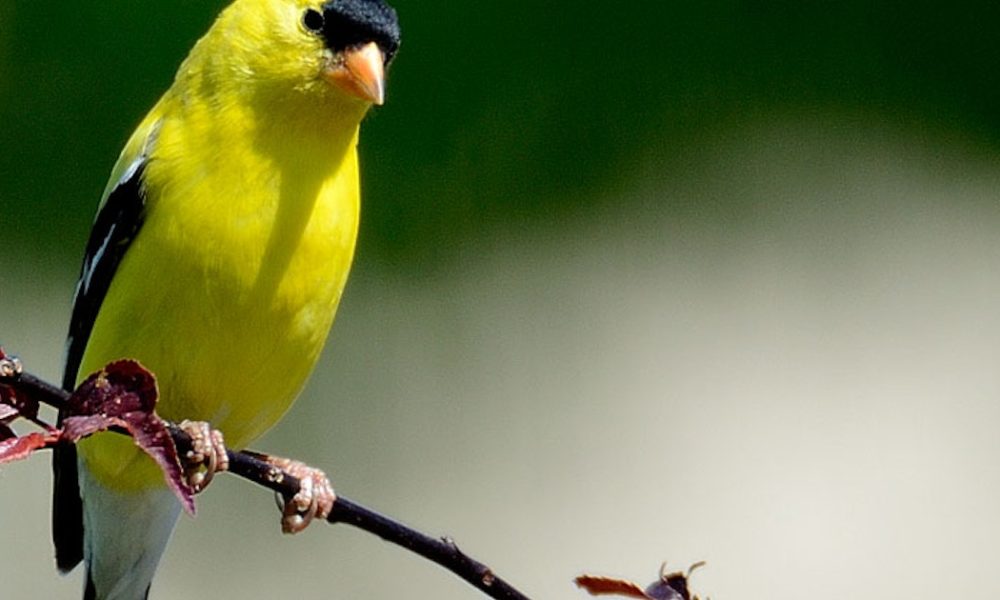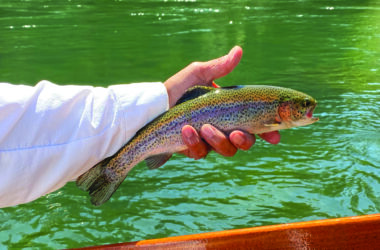 American goldfinch ED ”JAKE” JACKSON
American goldfinch ED ”JAKE” JACKSON
Wanna test your endurance? Try running nonstop for a week.
Can’t do it? A bird’s got you beat.
It’s the human equivalent to the longest uninterrupted bird migration ever measured – 7,145 miles straight. No food. No water. No cigarette breaks. Just airborne nonstop from Alaska to New Zealand – a direct shot over the Pacific Ocean.
A big, noisy, cinnamon-colored bird, the bar-tailed godwit, reportedly completed the journey in nine days. Animals such as these demonstrate the wonderment and endurance of wildlife all around us. If these animals could speak English, imagine the stories they could tell us.
The cliché goes that pictures are worth 1,000 words, and local wildlife photographer Ed ”Jake” Jackson, of Creswell aims to capture these incredible stories through the lens of his Nikon D7500.
His work, which features anything from swans to coyotes, will be on display at Saginaw Vineyard, 80247 Delight Valley School Road, throughout June and July and invites the community to come check out his work.
The secrets behind capturing the perfect shot? Light, location, lens, patience and practice. Like all the pros, Jackson lives for ”the golden hour,” the period after sunrise or before sunset during which daylight is redder and softer than when the sun is higher in the sky. It’s the best time to take photos and the reasons are fascinating, Jackson said.
You see, when the sun is low and is hanging just above the horizon, sunlight rays must penetrate the atmosphere for a greater distance, which in turn reduces the intensity of the direct light. That means that more illumination comes from indirect light from the sky, reducing the lighting ratio. More blue light is scattered, so if the sun is present, light appears more reddish. The sun’s low angle above the horizon also produces longer shadows. It’s a photographer’s dream time for capturing ambiance and perspective.
Along with good lighting, you need a good place to sit and watch wildlife activity unfold.
Valley of the Rogue State Park in Green Hill is one of Jackson’s hot spots; he noted he was able to capture a shot of a wily coyote during the golden hour one day while camping. Jackson often uses long lenses and is positioned from hundreds of feet away. From afar, he studies the animal’s mannerisms and picks up on clues on what their next move will be.
Another one of Jackson’s hotspots is at William L. Finley National Wildlife Refuge in Corvallis, There, he said, you’ll find over 230 recorded species of birds as well as elk, western pond turtles and more, plus wildlife overlooks along the year-round trail and expansive landscape views from the parking area.
He also visits Meadowlark Prairie in Eugene, where he studies migratory patterns and follows the flocks to get the best shots, and he also frequents the beaches in Florence.
Jackson doesn’t use photo editing programs like Adobe Lightroom or Photoshop; instead he sticks with a simple Nikon program just to spruce up exposure and focus, crop photos and other minor tweaks as needed.
A lot of wildlife bird watching can be observed in his own backyard, Jackson said. This year is ”The Year of the Bird,” as it is the centennial of the Migratory Bird Treaty Act, the most powerful bird-protection law ever passed, according to National Geographic. To honor such a milestone, nature lovers such as Jackson are celebrating and asserting their commitment to protecting birds today and for the future.
”Birds are important to our whole planet,” Jackson said, adding that the more people learn about these animals, the more fascinating they become to them.
It’s easy to get into birding; all it takes is an interest and willingness to learn. Oh, and patience. Lots of patience.
But when a bird such as a tundra swan takes off for flight, the result is spectacular. These swans are speedy and strong swimmers and take to the air with a running start. They rhythmically beat their wings, clanging across the surface of the water.
And then they’re off.
It’s strong. It’s intense. It’s just really cool.
”Makes you think what Mother Nature was thinking when she did all of this,” Jackson said. ”I think she was thinking pretty good.”








